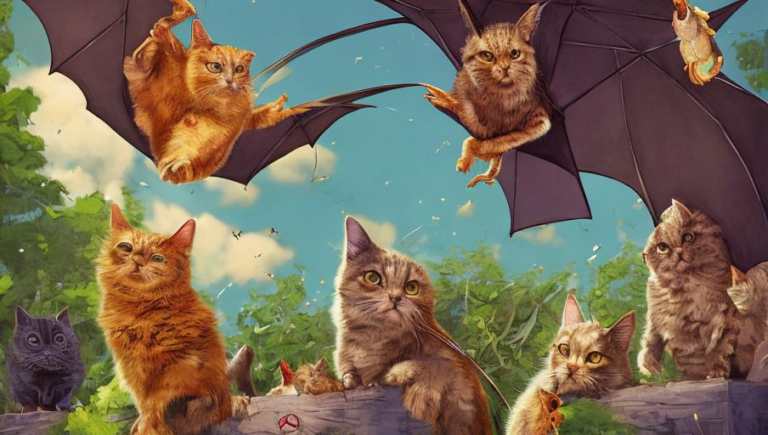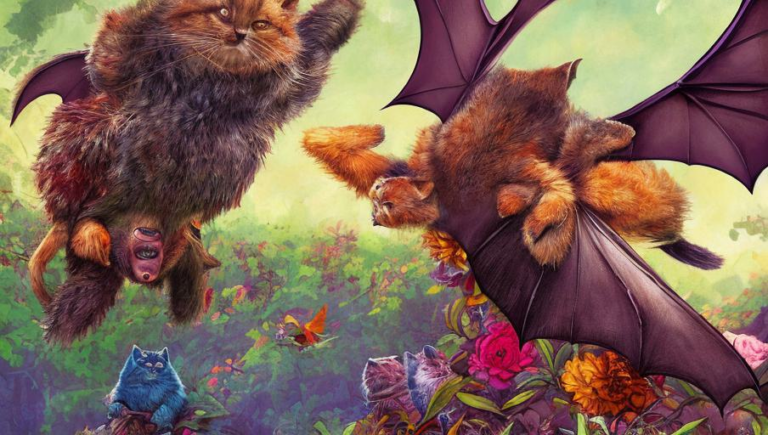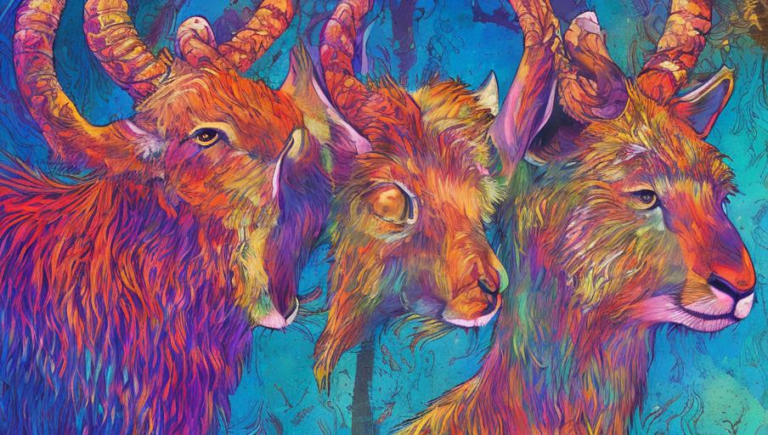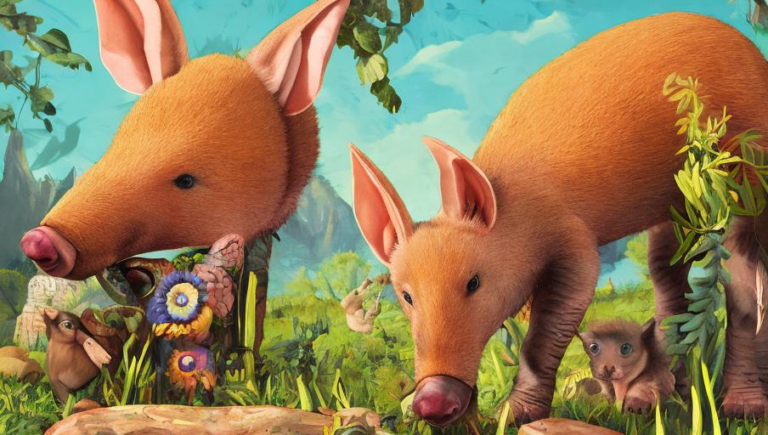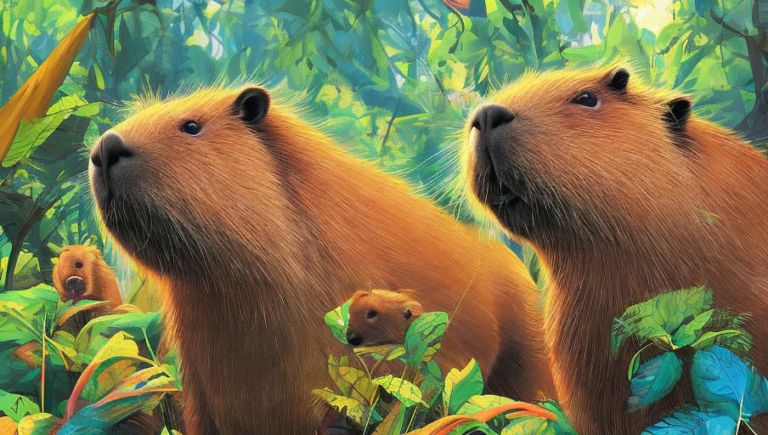Insight into the Anteater’s Habitat
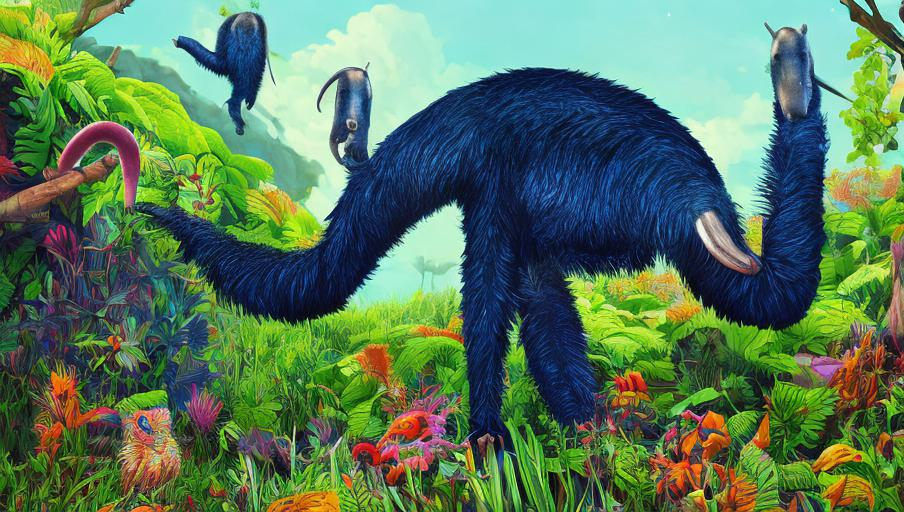
Introduction to the Anteater
The anteater is a fascinating creature with a unique appearance and behavior. These mammals can be found in Central and South America and are known for their long snouts and tongue, which they use to eat their favorite food: ants and termites. Anteaters are also equipped with powerful claws, which they use to dig and uncover their food. There are four different species of anteaters: the giant anteater, the silky anteater, the Northern tamandua, and the Southern tamandua.
Habitat and Behaviour
The anteater lives in a variety of habitats, including rainforests, grasslands, and even dry forests. They are mostly solitary animals, but they can be found in small clans of up to five individuals. Anteaters are nocturnal and spend most of their day sleeping in nests made of leaves and branches. They are also very active and can travel up to six miles in a single night in search of food.
Diet
The anteater has a diet consisting mainly of ants and termites, which it captures using its long tongue. It has a specially adapted mouth and throat that helps it to swallow large numbers of insects quickly. Anteaters also eat other insects, such as beetles, grubs, and larvae, as well as some fruits and plants.
Reproduction and Lifespan
Anteaters typically breed once a year and the gestation period lasts around five months. The female anteater gives birth to a single offspring and takes care of it for up to six months. The average lifespan of an anteater is around 10 years, although some species can live up to 15 years in the wild.
Threats and Conservation
The anteater is threatened by habitat loss due to deforestation and urbanization. They are also hunted for their meat and are sometimes killed by farmers who believe they are pests. The International Union for Conservation of Nature has listed all four species of anteater as vulnerable. To protect these animals, conservationists are working to create protected areas and to raise awareness about the importance of preserving their habitats.
Conclusion
The anteater is a fascinating animal with a unique appearance and behavior. These mammals are threatened by habitat loss due to deforestation and urbanization, and it is important that we work to protect their habitats and raise awareness about their importance. By learning more about the anteater’s habitat, behavior, diet, and reproduction, we can ensure that these creatures remain safe and protected.
